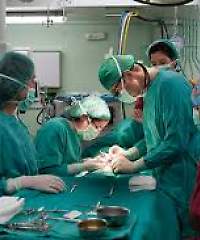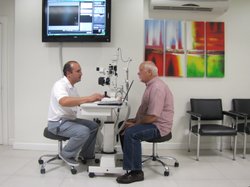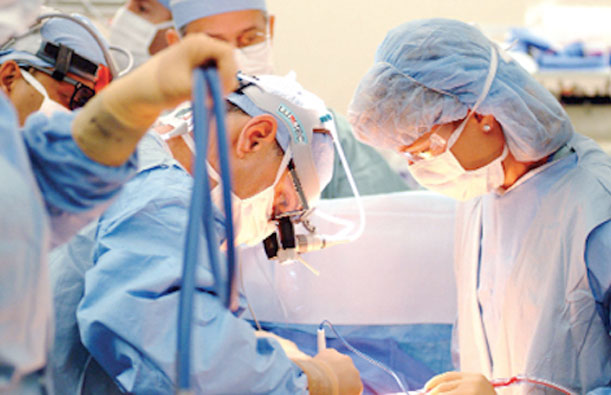Health financing is beyond just figures on national policy documents. Ample and proper allocation of funds is crucial for strong infrastructure and delivery systems. India, despite emerging as a leading medical tourism hub, cuts a sorry figure in terms of meeting the twin challenges at home – access and affordability. It is supplemented by shortage of workforce and lack of infrastructure. The scene turns grim in rural areas , as against organised private infrastructure in metropolitan or Tier I cities. The doctor patient ratio in rural areas is 1:20,000, while the urban ratio is 1:2,000 against the statutory 1:250 ratio from WHO for which India requires 6 lakh doctors.
The Indian government has been making efforts to expand the reach, improve quality, reduce costs and remove socio-economic disparity apart from spreading awareness on health. There are schemes like the National Rural Health Mission and the Rashtriya Swasthya Bima Yojana – a national social health insurance scheme – which have significantly improved the system.
Yet, India’s expenditure on health as a per cent of GDP is very low compared to many emerging countries. Its private sector spending on health as a percentage of GDP is higher than that of public. The total expenditure on health as a percentage of GDP is much lower and the lowest among BRICS (Brazil, Russia, India, China and South Africa) countries.
The Government of India has decided to increase healthcare expenditure to 2.5 per cent of GDP by the end of the 12th Five Year Plan from the current 1.4 per cent.
To set the political economy of the public health expenditure right, India has to at least double its health spending and focus on its proper allocations. As the Indian challenges are unique and vast, the government alone cannot meet them. The scenario demands a consolidated effort by various stakeholders. This is imperative for new technological advancements, effective drug introduction, lowering costs, increasing awareness and preventive measures and strengthening healthcare financing.
Healthcare sector in India is expected to witness an estimated annual growth rate of 19 per cent to touch USD 280 billion by 2020. Over the last decade, the private sector has went on to become the major provider of healthcare services. As per NSSO 2008, the private sector accounted for 60 per cent of all in-patient admissions and 78 per cent of out-patient consultations. At the same time, private diagnostics market is growing at 20 per cent and the pharmaceuticals market at around 15 per cent per annum.
Collaboration among the various stakeholders can result in wide-range benefits to consumers. The country is scaling new heights and the boom in healthcare has increased the demand for hospital equipment, which attracts new players to the markets. The penetration of medical devices is also low and inadequate due to barriers.
Today, imports constitute around 75 per cent of the medical technology market with key items including imaging equipment, pacemakers, orthopaedic and prosthetic appliances, breathing and respiration apparatus and dental equipment.
India needs to bring down the import dependency to achieve its goal of quality healthcare for all by 2020. Modern healthcare can be made affordable and accessible through indigenous medical technological innovations. GE Healthcare has developed low cost ECG and ultrasound machines for the Indian market. Such initiatives, when incentivised by the government, create a favourable environment for large-scale R&D/manufacturing initiatives.
As medical costs in India are cheaper compared to other developing nations, the medical tourism industry is flourishing. This has driven private healthcare providers to upgrade their infrastructure and provide world-class facilities. GE Healthcare Financial Services, offers healthcare equipment loans and leases that help medical practitioners, diagnostic centres, private clinics and super-specialty hospitals deliver better healthcare solutions.
Considering the increase in lifestyle diseases and lower per capita spending on healthcare, the demand for the sector’s expansion is sure to boost. Thus, healthcare providers need to maximise their capital budgets when acquiring the capabilities they need. GE Healthcare Financial Services partners with health-care providers and has helped over 5,000 providers through financing their capital equipment needs. It offers flexible financial solutions to help acquire a wide array of healthcare equipment.
The company, with its healthcare industry expertise, crafts financial solutions to help make latest technology accessible. Its rich experience and deep insights into the Indian healthcare industry help in quick evaluation of the underlying opportunities while maintaining budgetary goals.
To match fast-paced technological advancements, health-care providers need to constantly upgrade their existing set up. As medical equipment is expensive, GE Capital is also a preferred name which provides flexible finance options. It enables the stakeholders to meet challenges and also helps manage budget requirements, optimise cash resources and provide a solution for equipment obsolescence.
Know more about GE Capital – HFS
source: http://www.moneycontrol.com / MoneyControl.com / Home> GE Step Ahead




